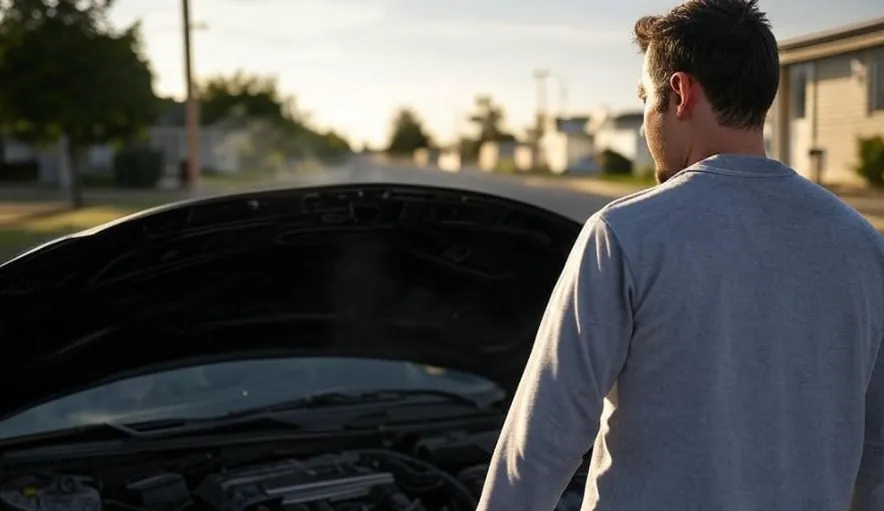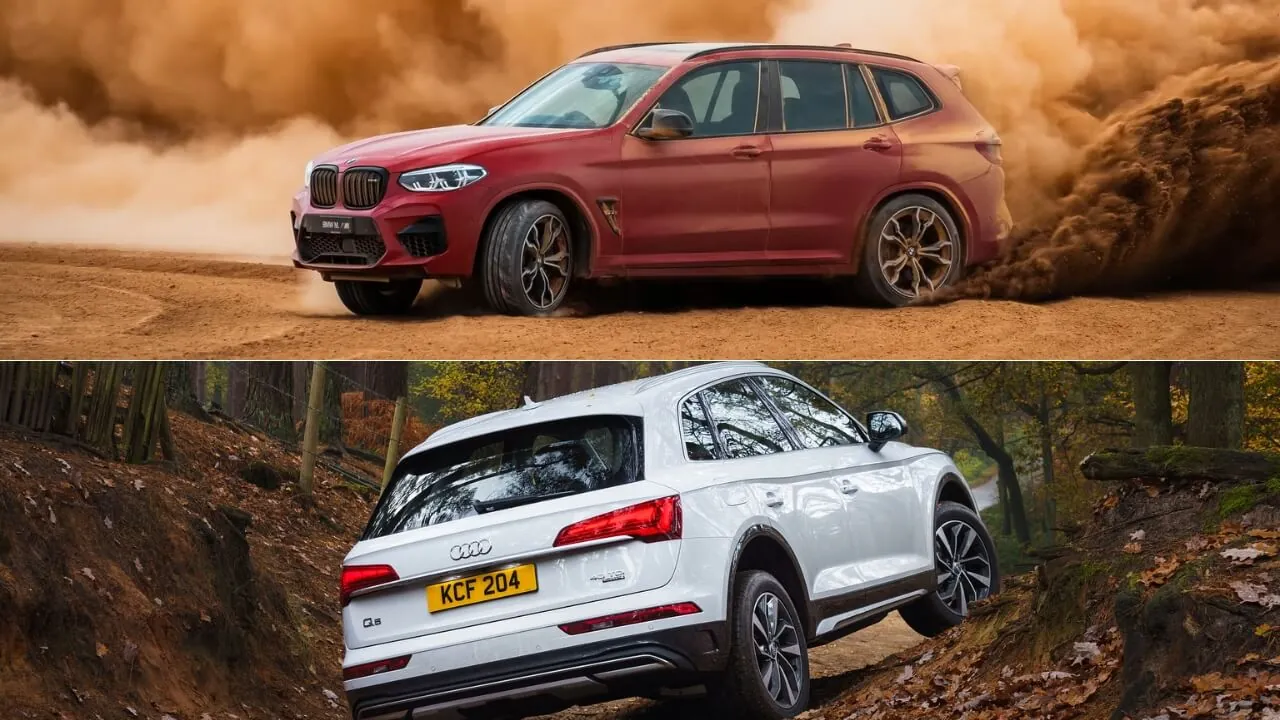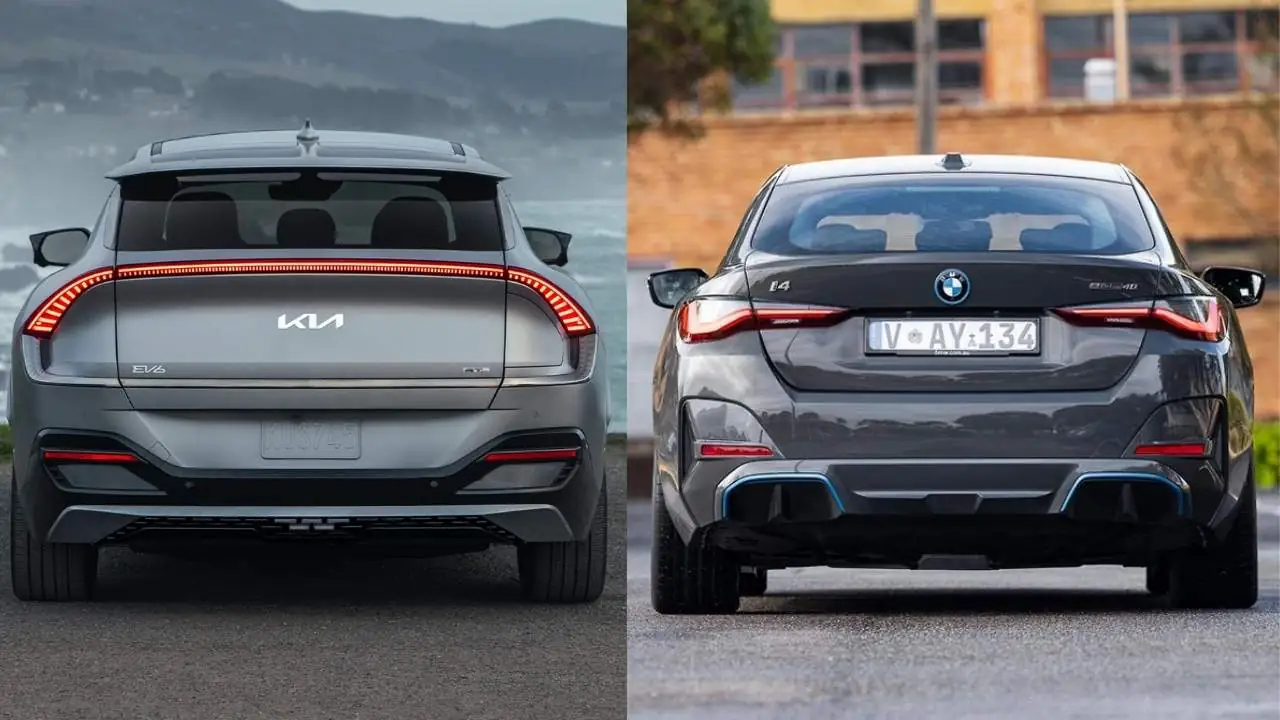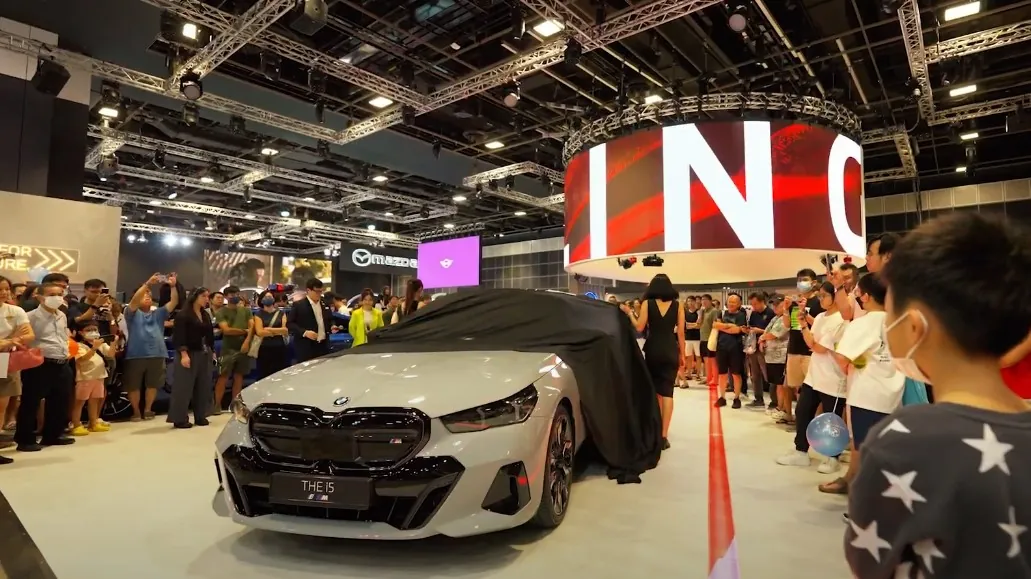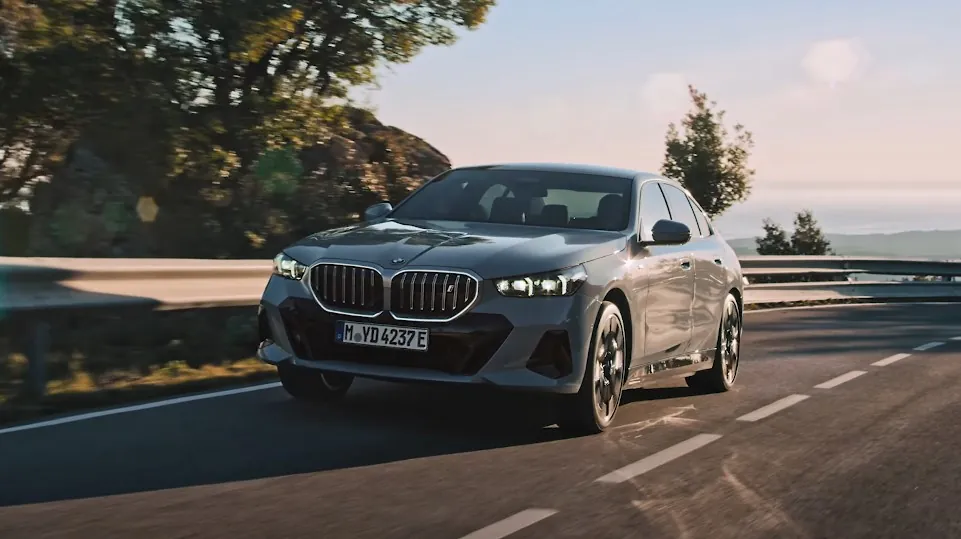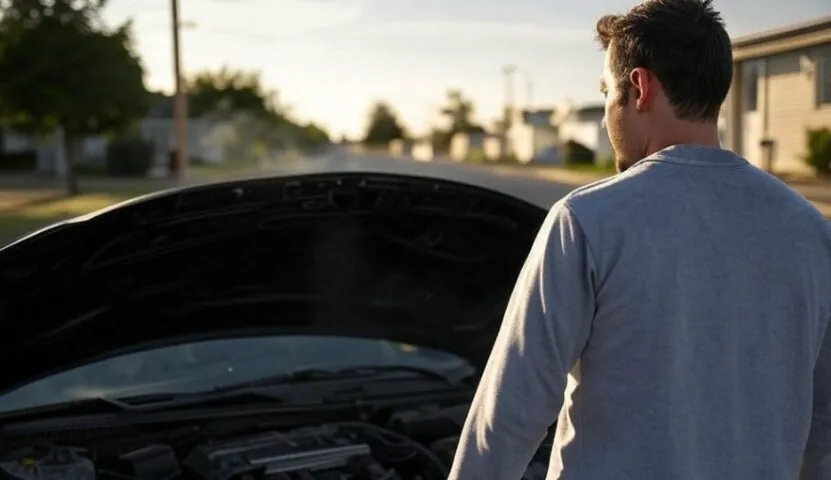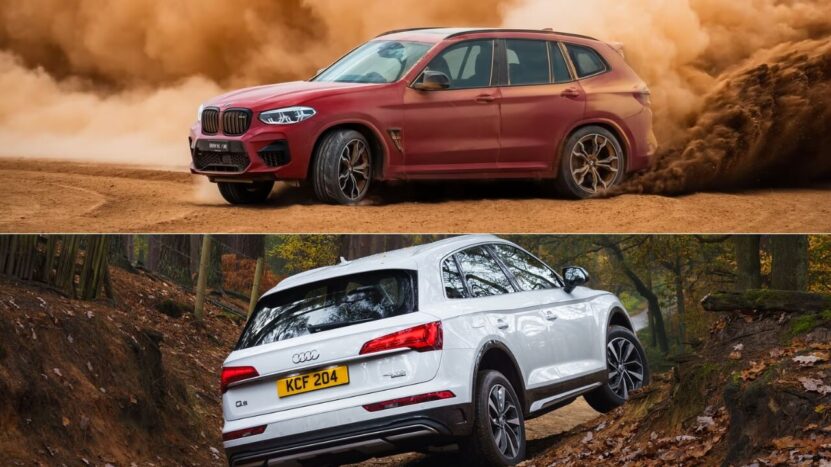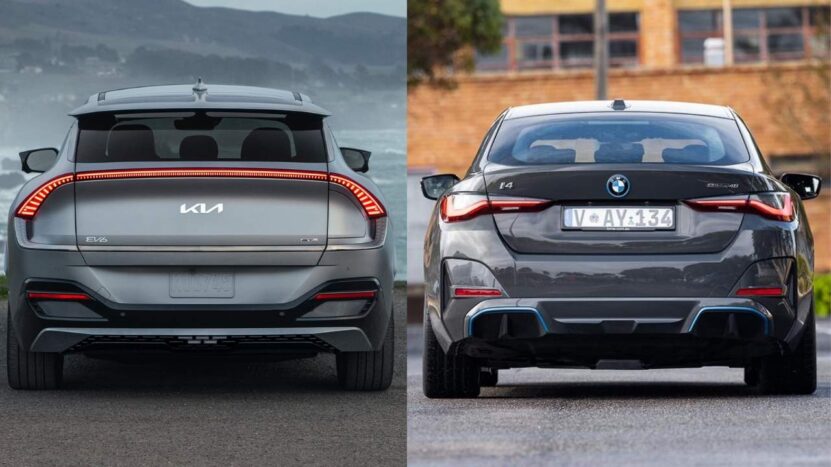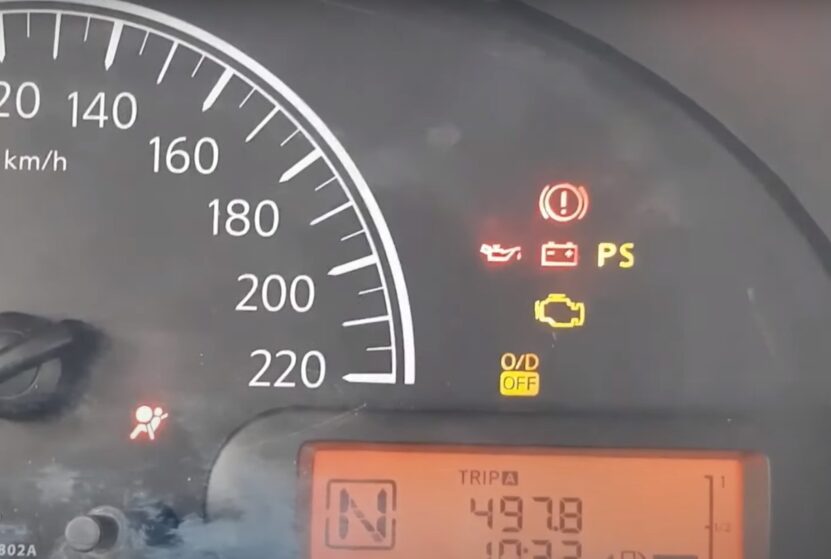
Share Post:
Imagine you’re cruising down the highway, your favorite tunes playing, the road stretching out in front of you. You glance at your car’s dashboard and notice a light you’ve never paid much attention to before O/D Off.
This little indicator, often overlooked until it demands our attention, holds the key to understanding how your car manages its power and efficiency.
I will explain more about what it means when it is off, and what actions to take after that.
Table of Contents
ToggleWhat Exactly Does O/D Indicates?
To many drivers, “O/D” might look like just another cryptic abbreviation, seemingly reserved for mechanics or car enthusiasts.
However, understanding the function of Overdrive (O/D) can transform your driving experience, especially with automatic transmissions.
In essence, Overdrive (O/D) is a specialized gear set designed to optimize your car’s performance at higher speeds.
Think of it as the “fuel-saving” superhero of your transmission system, stepping in to save fuel and reduce engine wear when you’re coasting down the highway.
When your car shifts into overdrive, it decreases the engine’s RPM at higher speeds.
It means your engine doesn’t have to work as hard, which not only conserves fuel but also reduces engine strain.
Overdrive is particularly useful on long drives or steady-speed conditions, where it promotes smoother, quieter operation while prolonging the engine’s life.
How Does O/D Work?
- When both are pedaling at the same speed, they’re in direct drive, similar to lower gears in a car.
As they pick up speed, the friend at the front (the engine) can take it easy, pedaling slower while the friend at the back (the wheels) keeps the bike moving fast:
- This is overdrive: the engine takes a breather while the car maintains speed, thanks to the magic of gear ratios.
Modern vehicles come loaded with advanced features:
- Self-driving mode introduced by Tesla brings a futuristic touch.
- Hand gesture controls in new BMW models enhance convenience for infotainment system use.
In technical terms, overdrive is a gear in which the output speed of the transmission is higher than the input speed:
- This means less effort is required from the engine to maintain high speeds.
For example:
- In a 4-speed transmission, the fourth gear might be overdrive, with a gear ratio of less than 1:1.
- In 5, 6, or even 8-speed transmissions found in modern cars, the highest gears are considered overdrive gears, optimizing fuel efficiency at higher speeds.
How Is It Beneficial For A Vehicle?
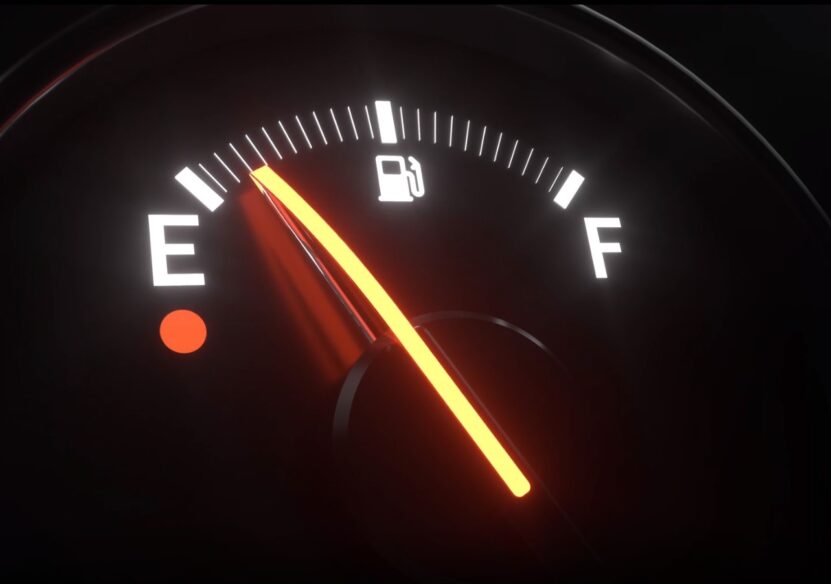
Overdrive (O/D) is good for your car in many ways. It helps you save gas, reduce engine damage, and enjoy driving more.
Fuel Economy at Its Finest
One of the most immediate and appreciated benefits of using overdrive is the improvement in fuel efficiency.
When your vehicle shifts into overdrive, it reduces the engine’s RPMs at higher speeds. This reduction means that your engine consumes less fuel to maintain speed on highways or open roads.
It’s akin to your car taking long, efficient strides instead of short, hurried steps. Over time, this efficiency adds up, offering significant savings on fuel costs, especially for those who frequently travel long distances.
Reducing Engine Wear and Tear
High RPMs accelerate engine wear and tear. By enabling overdrive and thus lowering the RPMs, the engine operates under less stress, which translates to reduced wear on its components.
It can lead to a longer engine life and potentially lower maintenance costs over the lifespan of your vehicle. It’s like giving your car a bit of a breather on long journeys, ensuring it stays in top condition for longer.
A Quieter, More Pleasant Ride
Overdrive contributes to a quieter driving experience by reducing engine noise. At lower RPMs, the engine runs more quietly, making for a more pleasant and less fatiguing ride, especially on long trips.
The noise reduction can make conversations easier and listening to music or podcasts more enjoyable, enhancing the overall comfort for you and your passengers.
Changes in ambient noise can affect the comfort of passengers. On the other hand, the interior of the car can also indirectly improve the driving or riding experience.
Hanging accessories on the rearview mirror, such as key chains and other pendants, can make the interior space more personalized.
Car owners can choose Custom Keychains at Keychains co., which shows the taste and style of the car owner.
A uniquely designed and beautiful key chain can become a small highlight in the car, making the driver and passengers feel visually pleasing, thereby indirectly improving the overall riding experience.
A well-designed customized key chain can be used as a centralized storage tool to help organize these items and reduce the clutter in the car.

Improved Performance
While overdrive is primarily associated with fuel efficiency and engine longevity, it also significantly enhances the vehicle’s overall drivability and performance.
By engaging in overdrive, the car maintains highway speeds with less engine effort, leading to smoother acceleration and deceleration.
| Feature | Description |
|---|---|
| Smoother Transitions | Enables fluid speed shifts, resulting in smoother acceleration and deceleration. |
| Enhanced Stability and Control | Provides greater stability and control, especially at higher speeds. |
| Reduced Engine Strain | Reduces RPMs, minimizing engine strain and enhancing long-term health. |
Is It Better to Use Automatic or Manual Mode for O/D?
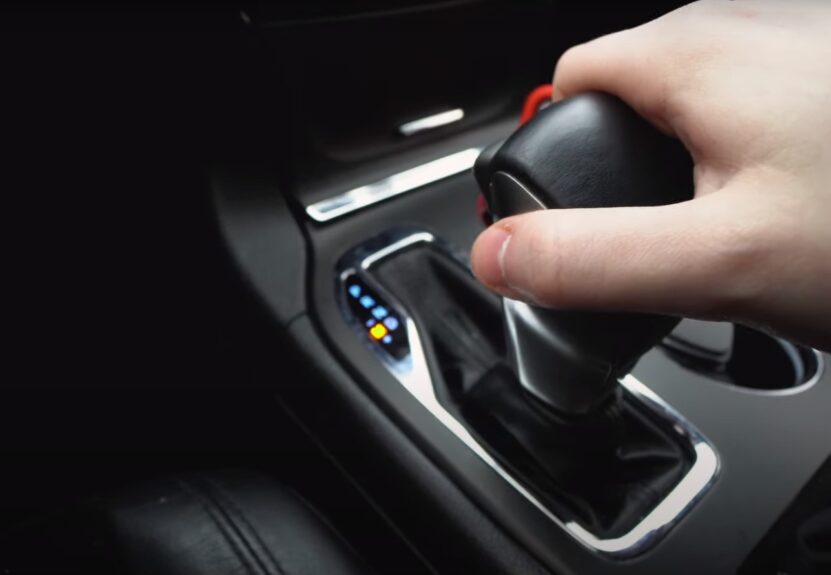
The choice speaks to a larger consideration: how much control do you want over your car, and how much are you willing to rely on technology to handle it for you?
- Steep hills
- Towing
On the other hand, allowing technology to take the reins with automatic mode can lead to smoother, stress-free driving, particularly in stop-and-go traffic or on long highways where convenience and fuel efficiency are key.
Automatic Mode
Modern vehicles equipped with automatic transmissions and Overdrive are designed to optimize performance and fuel efficiency without driver intervention.
The vehicle’s onboard computer continuously monitors speed, engine load, and other parameters to determine the optimal timing for gear shifts, including engaging or disengaging Overdrive.
Advantages of Automatic Overdrive
- Optimized Fuel Efficiency: Automatic systems engage Overdrive at speeds that reduce fuel consumption and emissions.
- Ease of Use: Automatic Overdrive eliminates the need for manual switching, making driving more relaxed, especially on long trips.
- Adaptive Performance: Automatic transmissions disengage Overdrive as needed, providing more power for sudden acceleration or steep climbs.
Manual Mode
The option to manually control Overdrive, typically through an “O/D off” button or switch, gives drivers the ability to override the automatic system based on their assessment of driving conditions or personal preference.
Advantages of Manual Overdrive Control
- Enhanced Control in Specific Conditions: Disabling Overdrive manually provides the necessary power and control for towing, hill climbs, or variable terrain.
- Engine Braking: Manually controlling Overdrive enables engine braking on downhill drives, reducing brake use and preventing overheating.
- Personalized Driving Experience: Some drivers prefer manually controlling Overdrive to match their driving style or environmental demands.
How to Make the Right Choice?
The decision between using automatic or manual mode for Overdrive largely depends on the driving context and personal preference.
- For Highway Driving: Drivers generally prefer automatic mode, as it optimizes fuel efficiency and reduces engine wear during steady, high-speed driving.
- In Challenging Conditions: Manual mode offers advantages when navigating steep inclines, towing, or whenever additional control is needed. Disabling Overdrive manually ensures that the vehicle remains in a lower gear, providing increased power and torque.
- Driver Preference: Some drivers enjoy the engagement and control offered by manual mode, while others prefer the ease and efficiency of automatic systems.
FAQs
Last Thoughts
The choice between automatic and manual mode for Overdrive control depends on situational needs and personal preference.
Automatic mode offers convenience and efficiency, adapting to driving conditions to optimize performance.
Manual mode gives drivers direct control in scenarios, where managing power and torque is crucial.
Related Posts:



